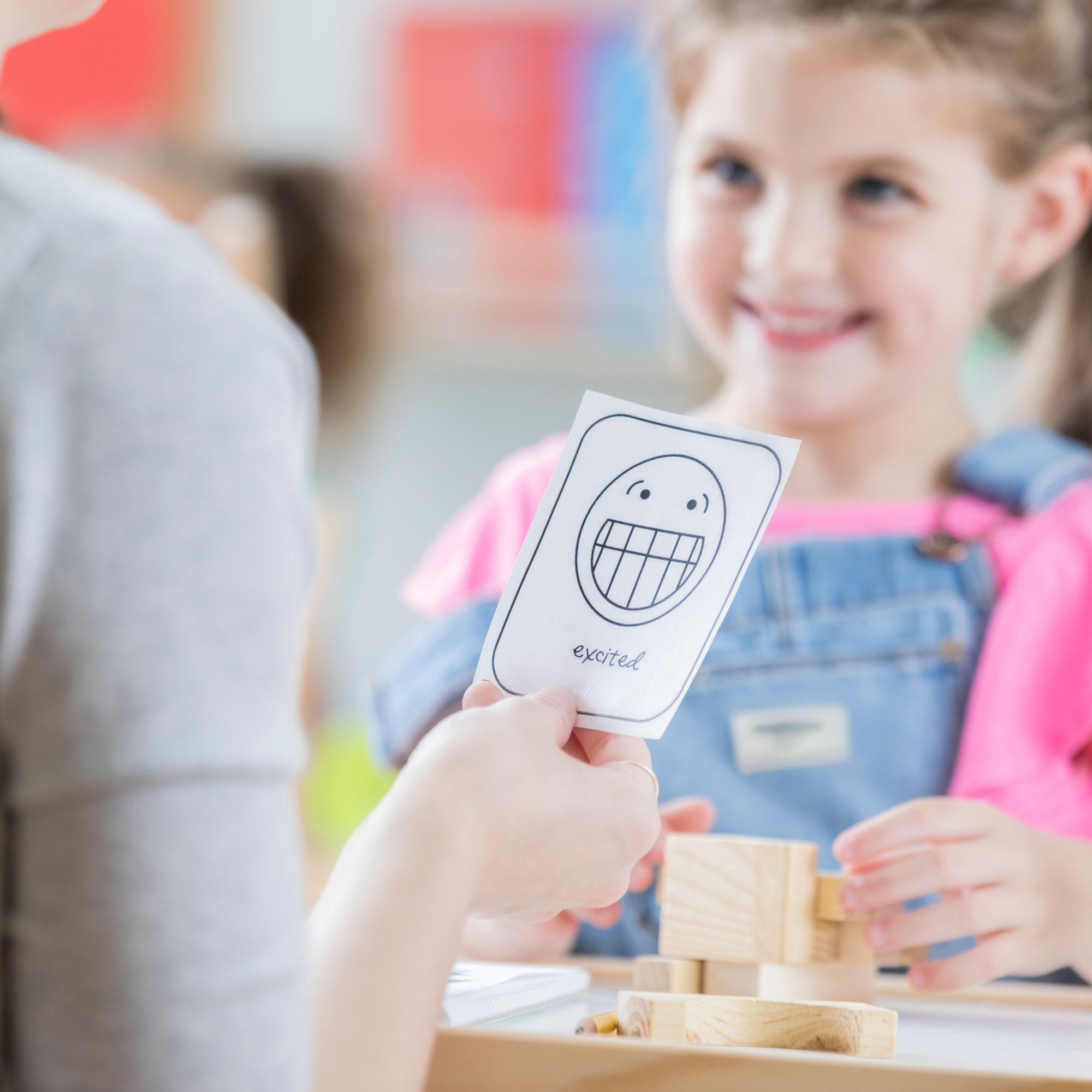Understanding Expressive and Receptive Language
When teaching language skills to children with autism, it’s important to differentiate between expressive language and receptive language. Expressive language involves speaking, while receptive language is the ability to understand what others are saying.
For example:
- If you hold up a ball and ask, “What is this?” and your child responds, “Ball,” that is expressive language.
- If you say, “Go find me a ball to play with,” and your child retrieves a ball, that is receptive language.
Teaching Receptive Language
Before teaching your child to verbally label objects, it’s essential to ensure they understand what those objects are. Here’s how to get started:
- Use Familiar Items: Begin with objects your child already recognizes. Place one or two items in front of them and ask, “Find the [item],” or “Get the [item].”
- Encourage Correct Responses: If your child selects the correct item, provide praise, a hug, or another preferred form of reinforcement.
- Use Physical Prompts if Needed: If your child struggles, gently guide their hand toward the correct object. Over time, fade the physical prompt.
- Introduce New Items: Once your child is confident with known objects, introduce a new item alongside two familiar ones. Follow the same prompting procedure to encourage learning.
- Use Gestures: If your child dislikes physical guidance, try pointing to the correct object as an alternative prompt.
- Practice Independent Responses: After prompting, ask the question again and give your child the opportunity to respond without assistance.
Teaching Expressive Language
If your child can imitate sounds or words, you can teach them to label objects verbally:
- Ask a Question: Hold up an item and say, “What is this?” or “Can you tell me what this is?”
- Model the Answer: If your child doesn’t respond correctly, provide the answer by saying, “Say ball.” Encourage them to repeat it.
- Reinforce Success: If your child correctly names the item, provide praise or a small reward.
- Use Augmentative Communication: If your child uses an AAC (Augmentative and Alternative Communication) device, such as Proloquo2Go or Touch Chat, help them locate or spell the name of the item using their device.
Increasing Attention and Engagement
To ensure your child is focused and engaged during learning sessions:
- Gain Their Attention First: Wait for your child to make eye contact before giving instructions.
- Minimize Distractions: Have your child sit in a quiet, low-stimulation environment to improve focus.
- Incorporate ABA Strategies: If your child receives Applied Behavior Analysis (ABA) therapy, consult with your BCBA for customized strategies to address prompt dependency, attending issues, or other challenges.
Getting Professional Support
If you are seeking professional guidance, consider ABA therapy services. Whether through telehealth or in-person sessions, trained specialists can provide individualized strategies to support your child’s language development.
Interested in starting ABA services? Contact us today to learn more!
Reference: American Speech-Language-Hearing Association (ASHA). (n.d.). Communication in Autism.












